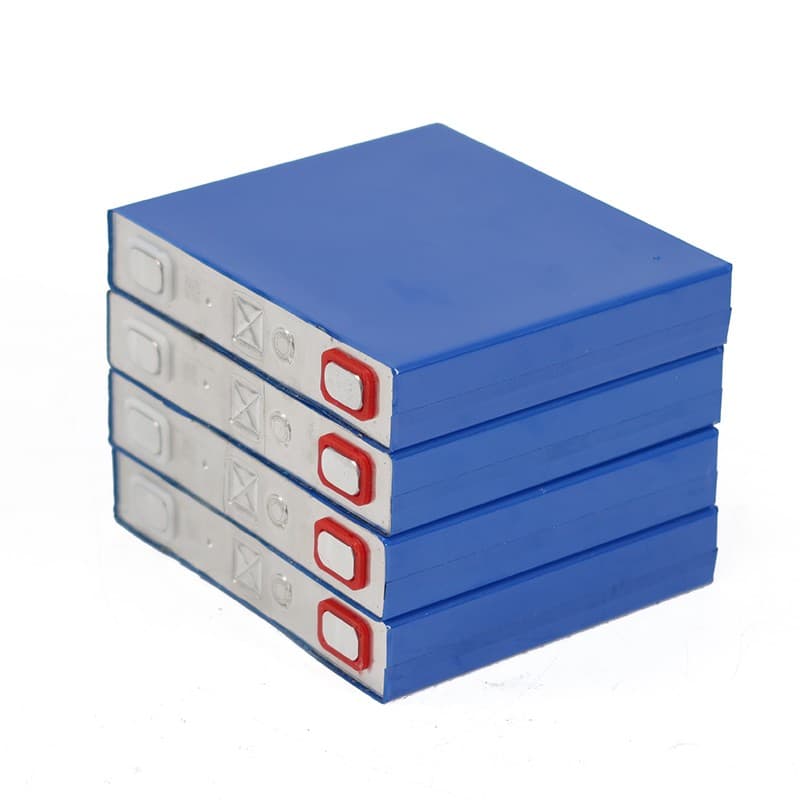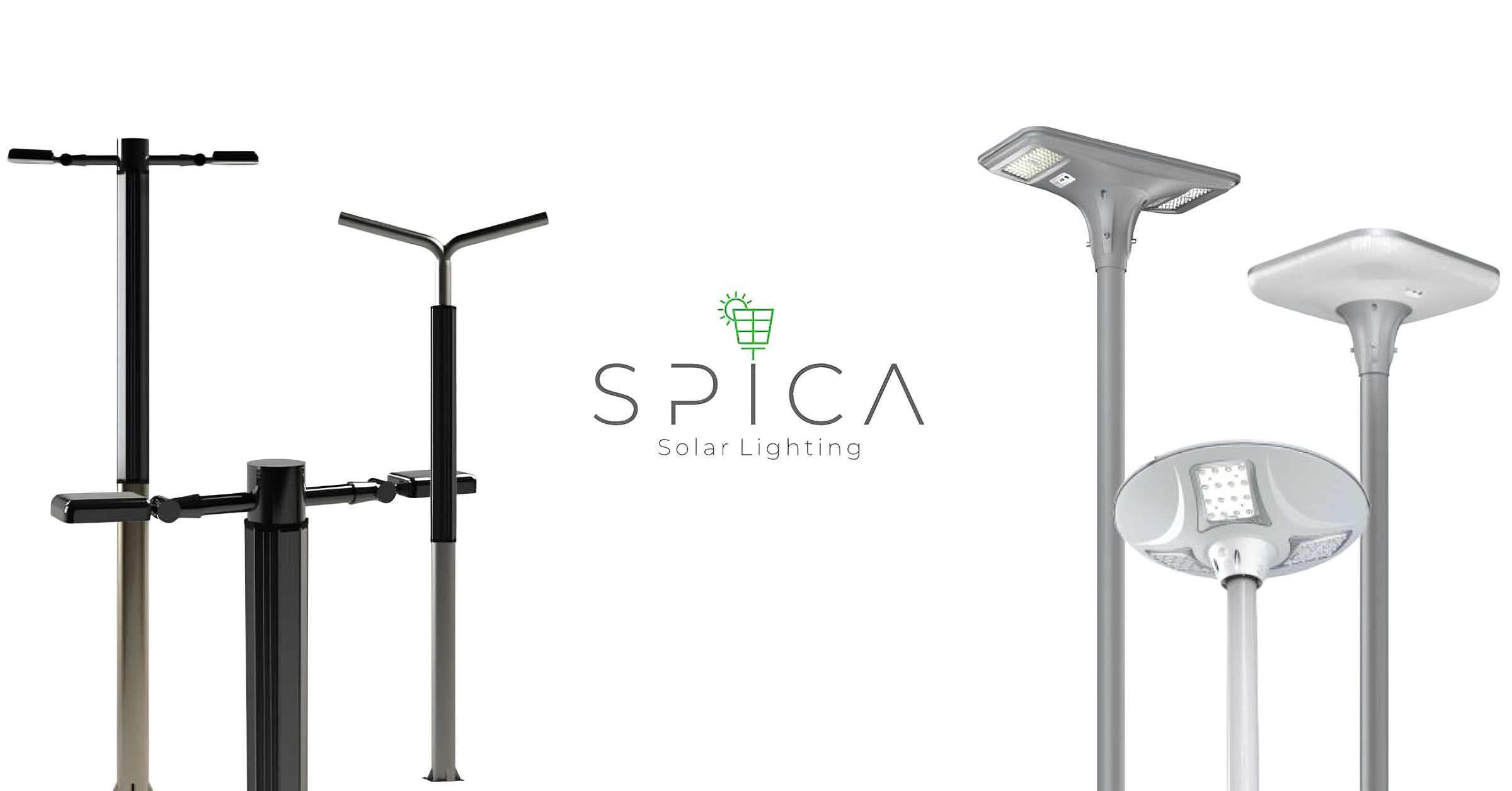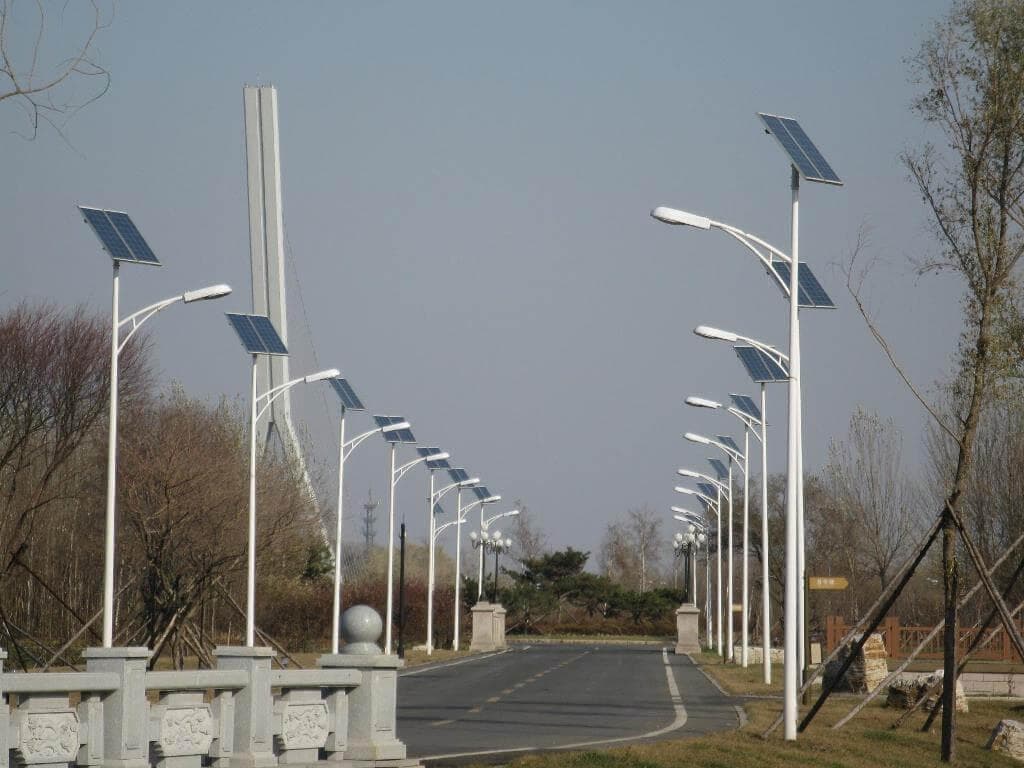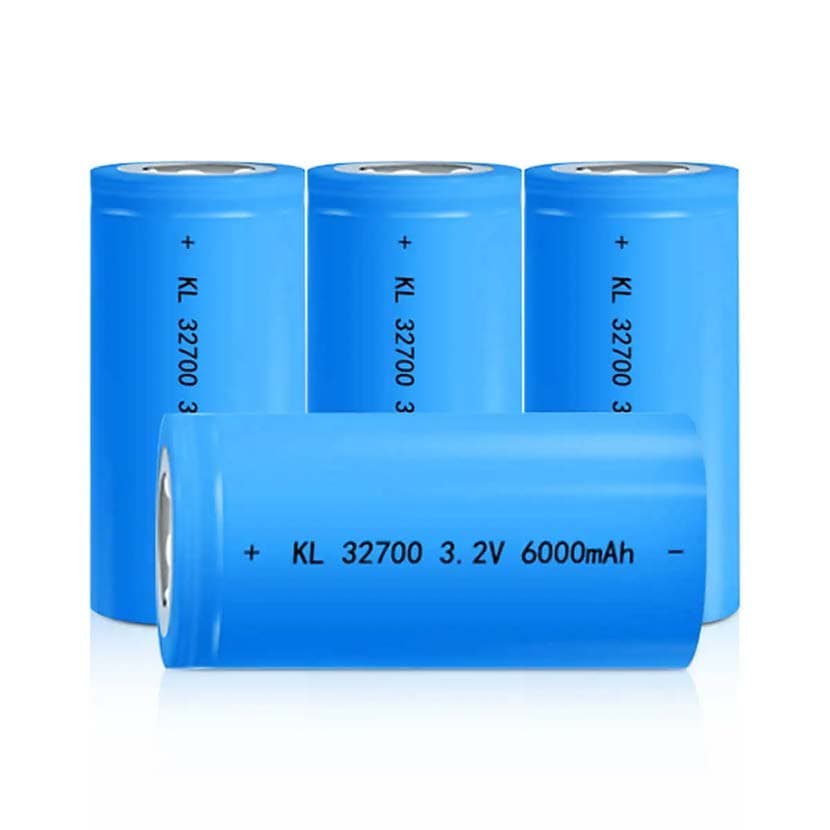Polycrystalline vs. Monocrystalline Solar Panels Key Differences
Spica Solar Lighting . 5 to 7 minutes
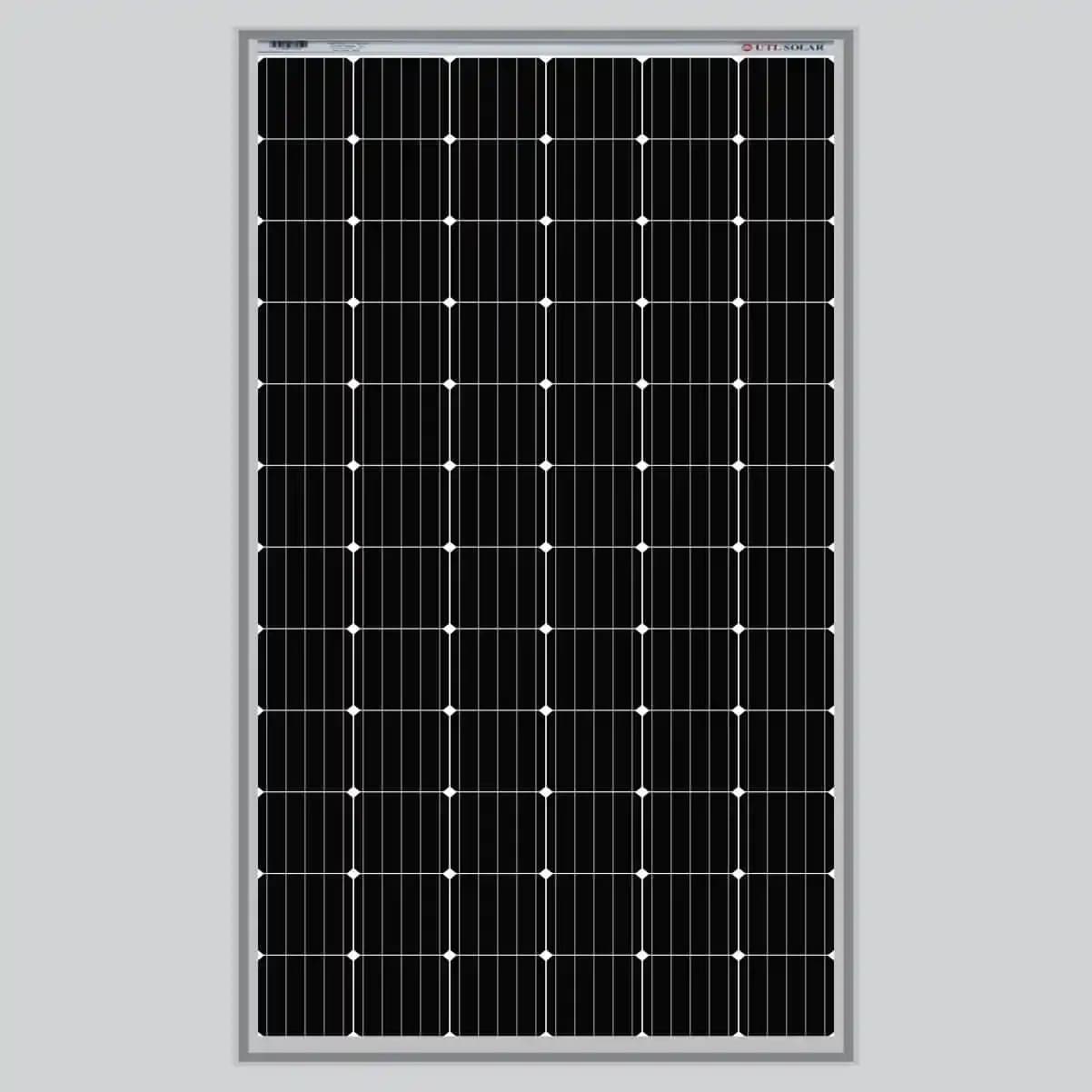
What is the Difference Between Polycrystalline and Monocrystalline Solar Panels
Polycrystalline vs Monocrystalline Solar Panels Understanding the Differences
When it comes to choosing solar panels, one of the key decisions you'll face is whether to opt for polycrystalline or monocrystalline technology. Both types have their advantages and disadvantages, and the right choice will depend on your specific needs and budget. Let's delve into the differences between these two types of solar panels.
Monocrystalline Solar Panels
Monocrystalline solar panels are made from a single, high-purity silicon crystal. This gives them a uniform black appearance and generally higher efficiency compared to polycrystalline panels.
Advantages
- Higher efficiency: They convert more sunlight into electricity, which means you need less space to generate the same amount of power.
- Better performance in low-light conditions: They tend to perform better in cloudy or shaded conditions.
- Sleek appearance: Their uniform black color is often preferred for aesthetic reasons.
Disadvantages
- Higher cost: They are typically more expensive than polycrystalline panels.
- Less tolerant to heat: Their efficiency can decrease slightly at high temperatures.
Polycrystalline Solar Panels
Polycrystalline solar panels are made from multiple silicon fragments melted together. This results in a less uniform, bluish appearance and slightly lower efficiency compared to monocrystalline panels.
Advantages
- Lower cost: They are generally more affordable than monocrystalline panels.
- More tolerant to heat: Their efficiency is less affected by high temperatures.
Disadvantages
- Lower efficiency: They require more space to generate the same amount of power as monocrystalline panels.
- Less effective in low-light conditions: Their performance can be slightly reduced in cloudy or shaded conditions.
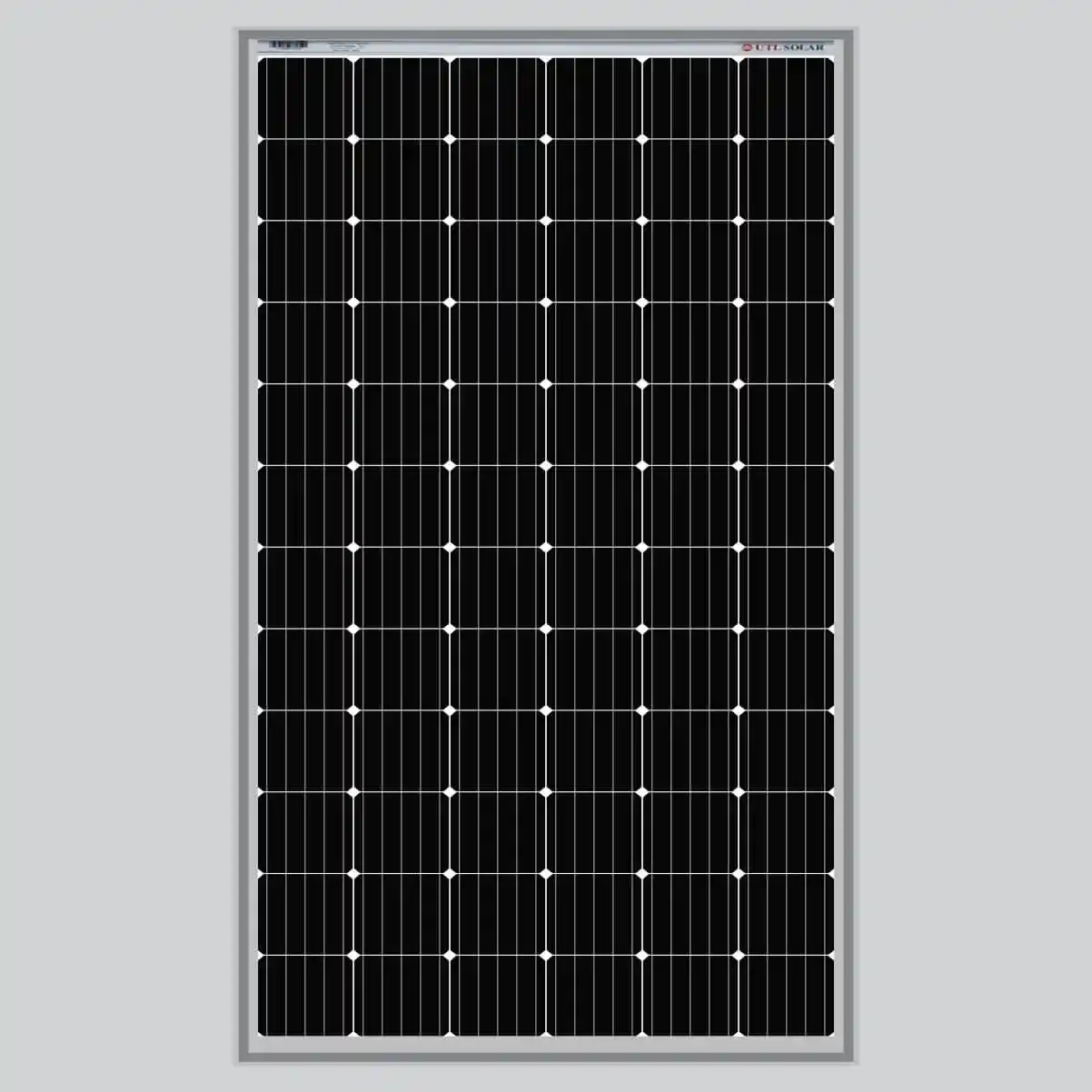
Which One is Right for You?
The best choice for you will depend on several factors, including:
- Available space: If you have limited space, monocrystalline panels might be a better choice due to their higher efficiency.
- Budget: If cost is a major concern, polycrystalline panels offer a more affordable option.
- Climate: If you live in a hot climate, polycrystalline panels might be a better option due to their better heat tolerance. Ultimately, both polycrystalline and monocrystalline solar panels are viable options for harnessing solar energy. Consider your individual needs and priorities to make the best decision for your solar installation. Remember: It's always recommended to consult with a qualified solar installer to get personalized advice based on your specific circumstances. For more information about spica please check Spica Solar Lighting: Illuminating the Future Through Innovation

